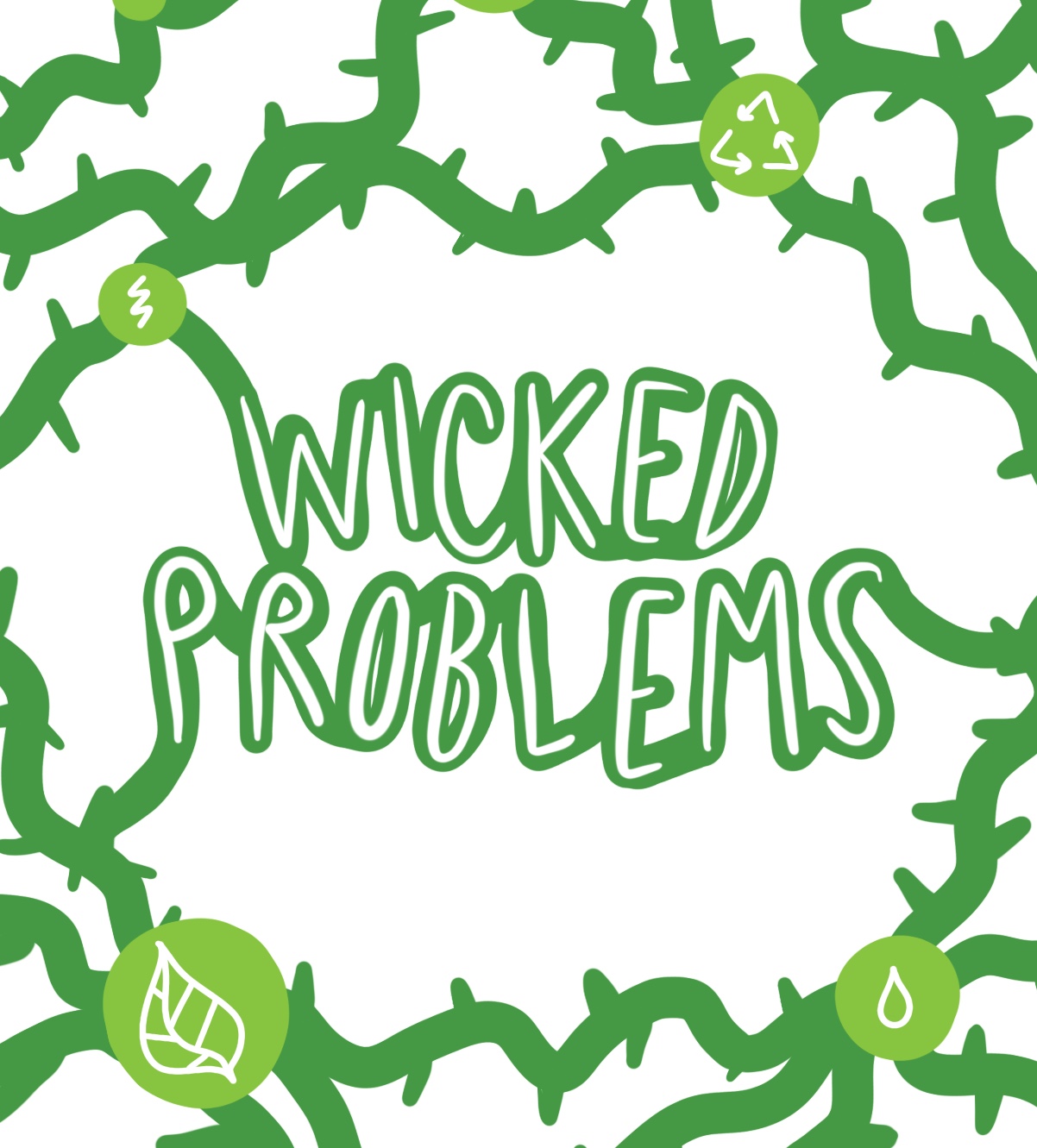Using Case Studies to Engage Students in Wicked Problems
Author(s): Stacey Kiser1, Pat Marsteller2, Aditi Pai3, Justin Pruneski4, Ethel D Stanley5, Margaret Waterman6
1. Lane Community College, BioQUEST 2. Emory University 3. Spelman College 4. Heidelberg University 5. BioQUEST 6. Southeast Missouri State University
1517 total view(s), 1104 download(s)
Case Topics for Afternoon Work 2.pdf(PDF | 86 KB)
GoodbyeHoneybucketsCase2.pdf(PDF | 73 KB)
Honey Buckets Quant Activity Research Article.pdf(PDF | 95 KB)
HoneyBuckets Quant Activity to Post.pdf(PDF | 3 MB)
TeachingNotesGoodbyeHoneybuckets.pdf(PDF | 42 KB)
Using Case Studies to Engage Students with Wicked Problems to post.pptx(PPTX | 3 MB)
- License terms
Description
The case study method is a broad, flexible technique in which a story relevant to the content serves as an interesting hook to engage students, provides real-world context for the material, and helps students construct knowledge in an active manner. As it often incorporates open-ended investigation, interdisciplinary connections, and challenging scenarios or issues, this approach can be ideally suited for helping students take on wicked problems. In this session, participants will get to experience the case study method, learn about how to find, adopt, and adapt cases to a variety of instructional methods, and get help overcoming some of the barriers to implementing cases. This work will provide some of the background and foundation needed for participants to take on wicked problem cases in the afternoon mini-projects.
Notes
This version includes more files that were used throughout the case workshop
Cite this work
Researchers should cite this work as follows:
- Stacey Kiser, Pat Marsteller, Aditi Pai, Justin Pruneski, Ethel D Stanley, Margaret Waterman (2018). Using Case Studies to Engage Students in Wicked Problems. Wicked Problems: Investigating real world problems in the biology classroom (SW 2018), (Version 2.0). QUBES Educational Resources. doi:10.25334/Q4S718
